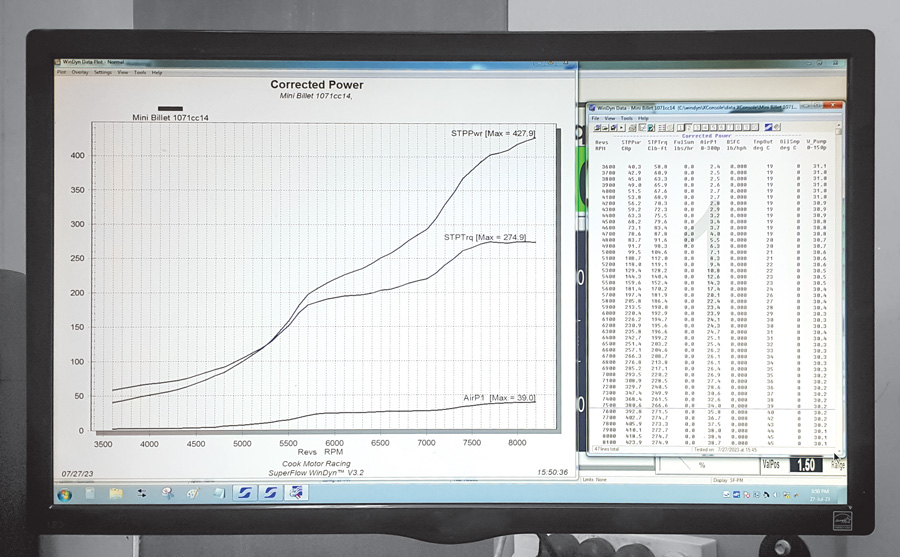Acceleration Effects
August 11, 2023
Acceleration testing saves time and illustrates how your engine behaves under actual operating conditions, it also has its own unique operational characteristics. It is important to understand that an engine’s torque output is reduced by inertia from the acceleration of both the engine and the dynamometer system. The more rapid the speed change, the greater the torque changes. These changes follow this guideline:
Torque decreases when the engine is accelerating, and torque increases when the engine is decelerating.

Using a Chevrolet V8 engine as an example, torque will increase approximately 3 lb-ft for each 100 rpm/second that the engine is decelerated. Conversely, torque will decrease approximately 3 lb-ft for each 100 rpm/second acceleration. Therefore, this engine will produce approximately 18 lb-ft of torque less during a 600 rpm/second acceleration than it would during a constant speed test.
For this reason, if the engine is not accelerated at a constant rate, the torque will vary due to the variable rate of acceleration. If a test begins at 400 rpm/second and ends at 800 rpm/second and another test begins at 500 rpm/second and ends at 700 rpm/second, the difference in torque readings will be significant even if the average acceleration is the same. To produce the best results for comparisons, it is necessary to accelerate at exactly the same rate during both tests. The Servo Position channel in WinDyn shows how smoothly the speed is changing during the test. If you observe erratic speed changes, you can expect to obtain erratic torque data. You can use WinDyn to plot time versus speed for evaluation.
WinDyn also has the ability to implement inertia correlation to your test data. Click to learn more:
How to Determine the Total Engine and Dynamometer Inertia
